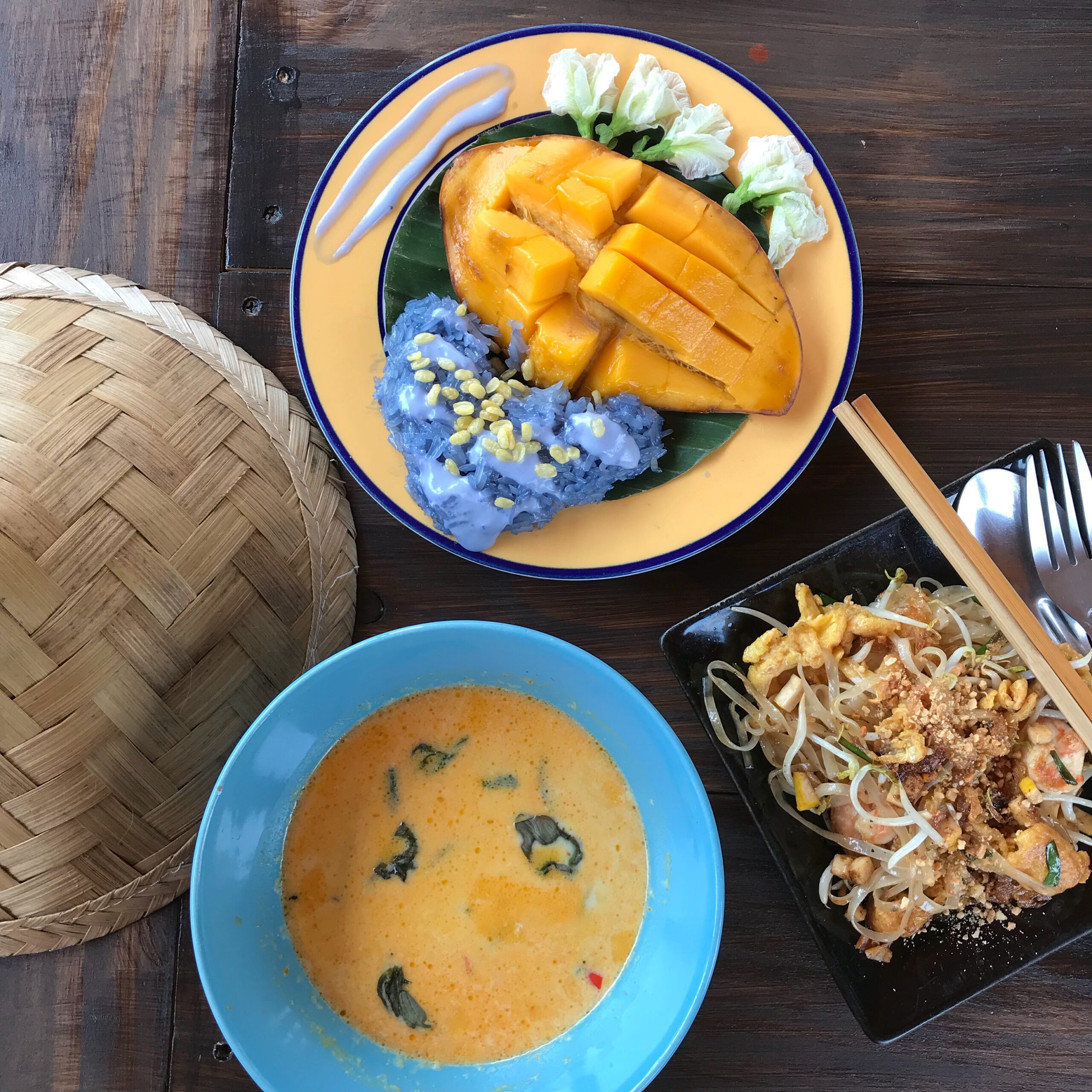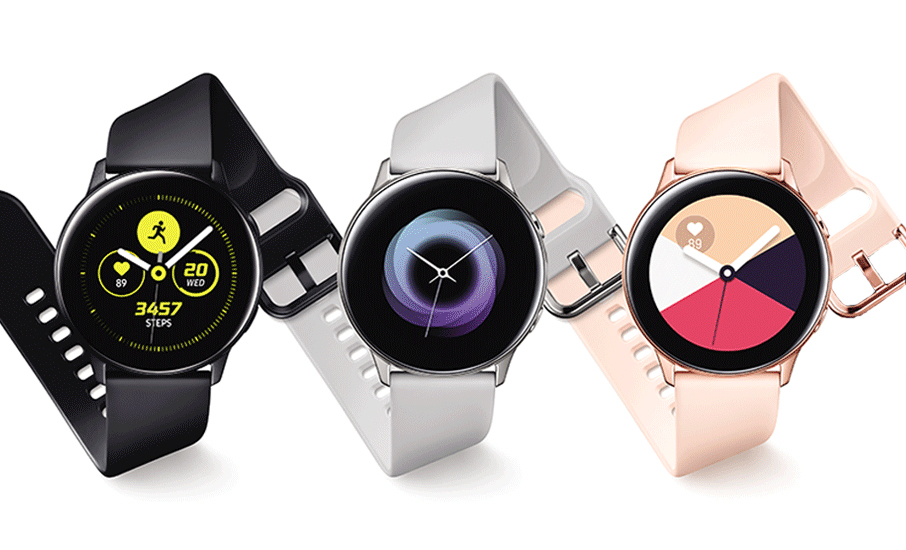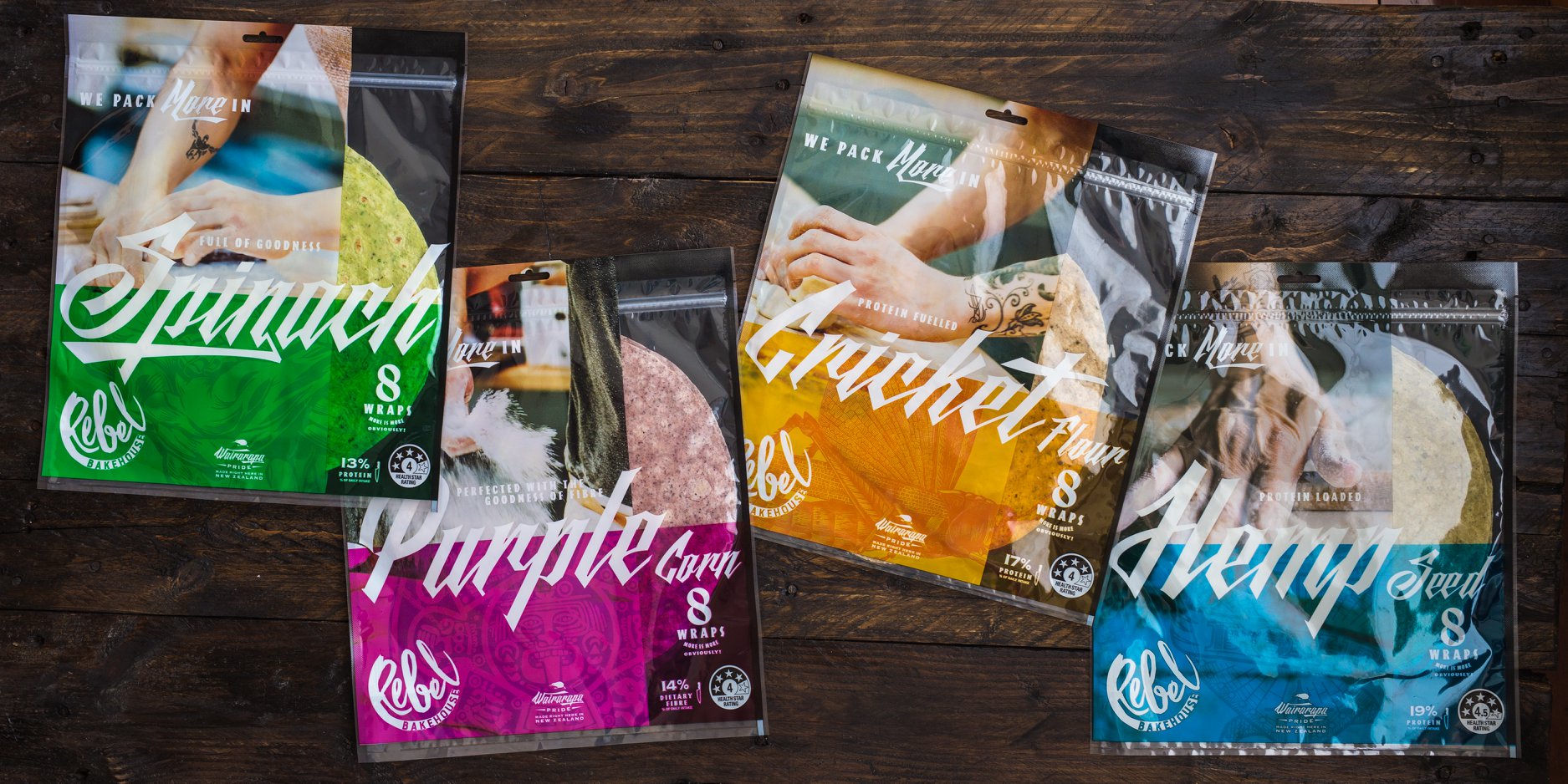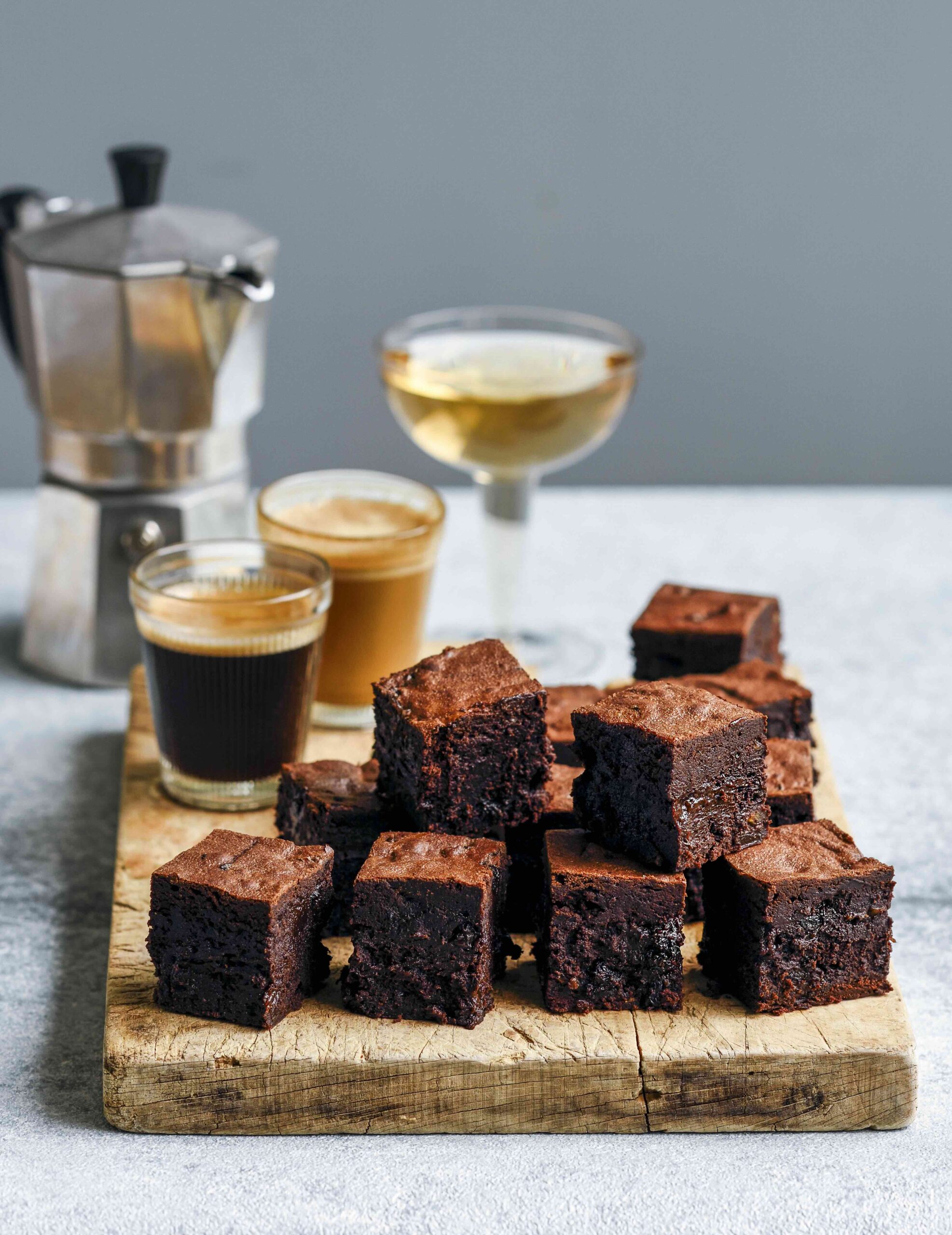Buddhist temples, Thai cooking school and a festival of water make for an unforgettable sensory experience.
By Carolyn Enting
I scream, then laugh as a smiling stranger empties a bucket of iced water over my head and respond by squirting them with a water pistol. Everyone around us is laughing and water flies everywhere because it’s Songkran – a three-day nationwide water festival in Thailand from April 13 to 15, celebrating the lunar New Year.
Songkran, Sanskrit for “astrological passage”, begins with a blessing ceremony led by monks, who sprinkle water over images of Buddha, before turning into the world’s biggest water fight. If you visit Chiang Mai or Bangkok over this time don’t expect to stay dry! The upside is getting wet at this time of year can be a welcome relief with temperatures climbing as high as 40°C. Songkran is a joyful time embraced by young and old, and attracts tourists to the city too.
Our base for Songkran is in the old city of Chiang Mai, a square within a 2.5km radius bounded by moats. Traces of the original city walls built in 1296 can still be seen today along Kamphaeng Din Road, as well as brick walls built later in 1800 to protect it from Burmese invaders. Today the old city is home to a network of narrow laneways, boarding houses and restaurants, and because Chiang Mai wasn’t linked with central Thailand until 1921 (when the northern railway line was completed) it retains much of its old worldly charm.
On day three of the festival we escape the throngs and head to a fresh market on the outskirts of the city with Siam Garden Cooking School. Here we are introduced to the ingredients that make Thai food so flavoursome, including dried chillies, turmeric, holy basil, lemongrass, lime and kaffir lime.
I learn the juice of limes is used because it’s sweet but not the rind, which is sour. The reverse is true for the kaffir lime. Its peel is sweeter and juice bitter which is why we later use the rind of the kaffir lime to make red curry paste from scratch.
Siam Garden Cooking School is a haven with a beautiful garden where many of the fresh ingredients used are grown. In total we get to make and then eat six dishes, which is why they tell you to arrive with an empty stomach.
Our visit coincides with mango season so my chosen dessert to make is mango sticky rice. Puzzlingly blue flowers are amongst the ingredients spread on the table before me.
I assume they are to be used as a garnish but instead I’m directed to add them to a pan with some coconut milk and sugar. As I stir the flowers into the mixture it turns blue. I discover they are antioxidant-rich Butterfly Pea flowers which are used in Thai cooking to naturally colour desserts blue and purple.
As the instructor demonstrates how to fashion the blue sticky rice into a heart shape on the plate I reflect on three things. One: I’m about to eat blue food but knowing it’s natural makes it strangely palatable. Two: I’m glad I signed up for cooking school. Three: How much I love Thai food.
Chiang Mai is a foodie paradise. It’s difficult to eat badly here. The food is so flavoursome. In April, mangoes and strawberries are at their best. Fluffy pancakes are layered with fresh sun-ripened strawberries so sweet you’d swear sugar had been added. And quirky twists on western food include green curry omelettes. In the old city, the Bodhi Tree Café offers organic vegetarian and vegan fare including raw banana energy balls and kombucha.
The exquisite cuisine is just one of the many faces of Chiang Mai, which also has more than 300 wats (temples) – almost as many as Bangkok. Impressive when you compare Chiang Mai’s population of 131,091 with Bangkok’s 8.2 million.
More than 90 per cent of Thais are Buddhist, making it the largest Buddhist population in the world, which also explains the proliferation of wats throughout the land and major cities. Buddhist traditions and ceremonies play a significant role in
most facets of life in Thailand.
Thai Akara Lanna Boutique Hotel (our base for two days) is a good location for exploring many of the city’s wats. Not only does it have two beautiful swimming pools (great for refreshing oneself after a day’s sightseeing) but its position on Soi Ratchapakinai is home to several picture-worthy golden wats, and at night the upper end of the street transforms into the Tha Phae Walking Street Market offering quality crafts and delicious street food.
Wat Pan Ping, known for its naga (dragon-headed serpent) sculptures, is literally across the road. Further along at Wat Phan On, orange robed monks go about their business and colourful flags flutter in the welcome breeze. The nearby ruins of Wat Chedi Luang are enchanting. Built between 1385 and 1402, and damaged during an earthquake in 1545, statues of elephants adorn its base.
Later, when we move to cheaper accommodation at Bow House (Soi Moon Muang 9), I stumble upon Wat Lam Chang – its grounds containing ancient ruins, gold elephants, naga and flowering trees. There’s a surprise around every corner.
Chiang Mai’s most famous temple, however, is Doi Suthep (16km north-west) which rises 1676m above and behind the city, and is reached by a 300-step staircase. On a clear day you’ll be rewarded by a view of the city. Don’t miss entering the inner terrace (you’ll need to remove your shoes) which contains a five-tiered golden umbrella marking the city’s independence from Burma and union with Thailand.
It’s worth spending a day in the area around Doi Suthep and arranging independent transport via scooter (if you’re game enough to attempt the winding hilly road) or private guide. This allows the flexibility of visiting the nearby Monthathon waterfall (you can swim in the pools beneath the falls), and Bhubing Palace – the royal winter residence which has magnificent gardens and a reservoir. At the time of our visit datura blooms cascaded everywhere creating a floral waterfall effect.
Further along the road (approx. 3km) is the nearby Hmong Hill-tribe village where you can purchase quality artisan crafts, see traditional costume, stroll through a beautiful hillside garden and savour a cup of local hill-tribe iced Arabica coffee or espresso depending on your preference.
Thanks to a series of coffee projects launched by King Bhumiboi Adulyadej in the 1970s to help communities grow cash crops such as coffee as an alternative to growing opium poppies, it’s easy to find a good coffee, even organic, in these parts.
Day & overnight trips from Chiang Mai
Happy Elephant Care Valley
This tourist venue has committed to transitioning to be truly elephant-friendly with the help of World Animal Protection. It will see the elephants free to behave as they would in the wild, roaming the valley while tourists can observe from a safe distance.
Sri Lanna National Park
Staying for a night on a houseboat on Mae Ngat Somboon Chon Dam in Sri Lanna National Park is a unique experience. Accommodation options include retreat centre Om Waters. omwaters.com
Pretty Pai
A three-hour drive from Chiang Mai, the village of Pai is a popular destination and worthy stopping point for a day or two. This pretty place sits in a valley on the banks of the Pai River and is rich with restaurants, street food, bars and even craft beer.
The White Buddha
You can’t miss The White Buddha – an impressive statue on the hill overlooking Pai from Wat Phra That Mae Yen. It’s a 2km walk from the centre of Pai and you have to climb 353 stairs to get to the top but it’s worth it to watch the sunset.
Pai Canyon
Tourists flock to Pai Canyon for sunset, and it can get very crowded. Elevated canyon paths to the lookout are hair-raising (1ft wide with 30 metre cliffs on each side). You’ll need all four limbs to access the trails below, and to watch your step.

The Nest House
Comfortable Bungalow accommodation accessed via a footbridge over the Pai River and only a five minute walk from the centre of Pai.





